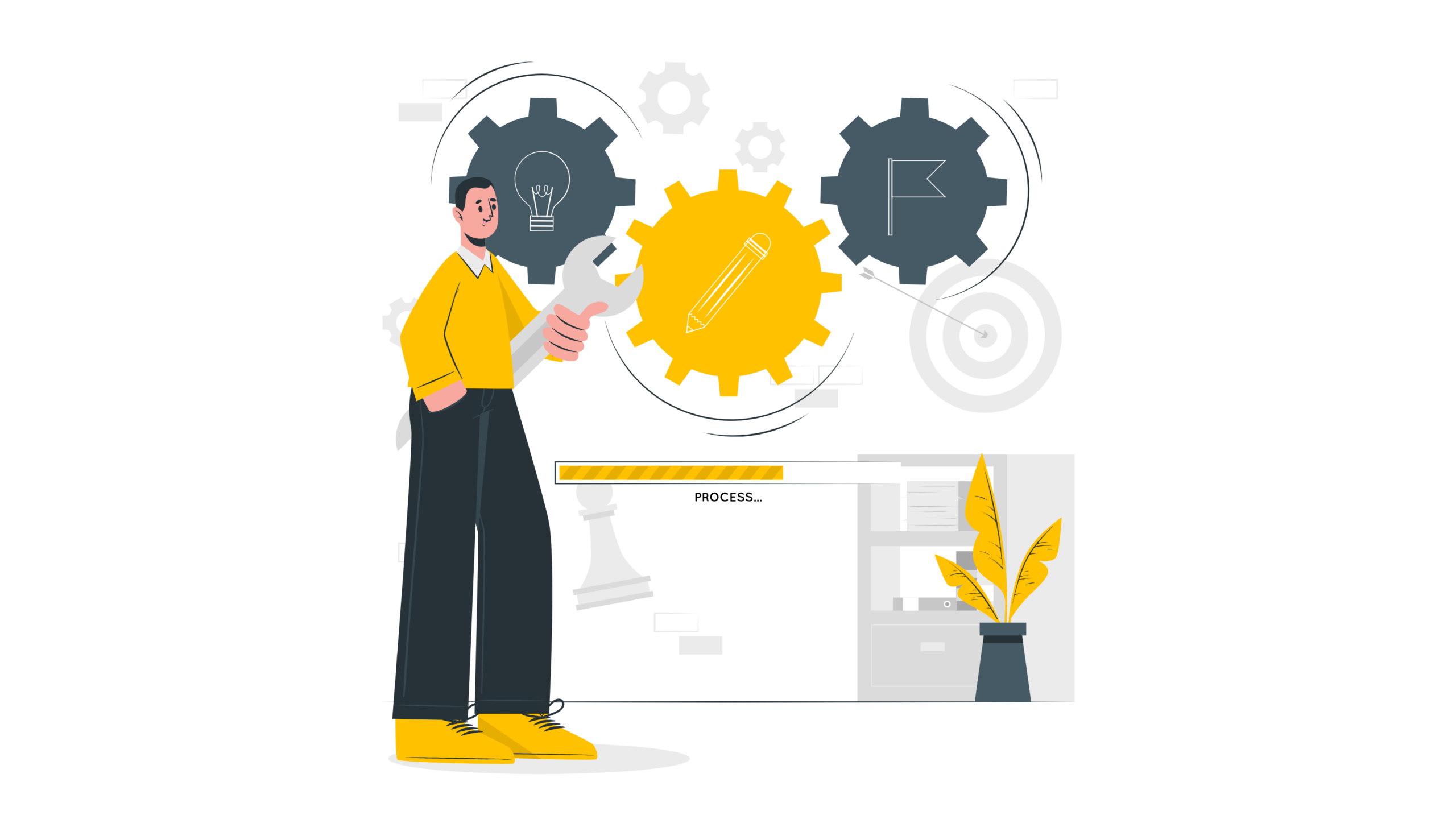Service Blueprint Advantages
The service blueprint is a visual matrix of the service workflow in an enterprise structure. This template usually describes the primary service from a customer’s perspective and an operational perspective. The diagram represents the entire omnichannel experience across multiple touchpoints. To learn more about service blueprints, we’ve listed 10 of the most critical service blueprint advantages below.
1. Presents the Complete Picture of a Service Structure
The blueprint lays it all out on the table. It is a crucial tool to promote transparency at all levels of service distribution. Also, it helps teams and team members have a clear idea of their roles in the big picture of the organization’s hierarchy. Since the service blueprint includes the ideal time factor, it motivates teams to organize their roles for optimum performance.
2. Identify Process Gaps or Overlaps Accurately
It assists managers in identifying process overlaps and fixing them to improve internal efficiency. Also, it is a crucial tool to figure out vital gaps in the service process. Sometimes, it also assists in rearranging the hierarchy for a better and faster workflow. The visual tool can help even out the glitches in service structures combined with data feedback systems.
3. Lets Institutions Empathize With Customer Needs
Perhaps the most important advantage of a service blueprint is that it lets organizations empathize with customer expectations. The ultimate motto of a service blueprint is always to ensure customer satisfaction. In effect, the blueprint assists in seeing that all touchpoints are favorable for this ultimate end. Customers also grow to appreciate this level of service responsiveness. In turn, businesses grow to develop a loyal customer base to rely on. This makes customer empathy one of the many helpful service blueprint advantages.
4. Paves the Way for a Human-Centric Approach to Services
Most enterprises adopt an organization-centric approach. While it is an obvious inference to focus on internal growth, this approach risks customer alienation. Also, it can turn enterprises primarily technical, ignoring the human factor of service executives. The service blueprint serves as a key tool to overcome these challenges by focusing on a human-centric approach.
5. Instrumental in Forging Strong Customer Relationships
Now, the service workflow caters more exclusively to customers. Over time, this approach helps build strong customer relationships. This aspect is especially true in B2C scenarios. Eventually, you get to retain customer trust and can make good of the brownie points to grow your business. With the help of a blueprint, you can help customers feel more connected to the company’s growth. In this level of branding, a customer feels uplifted when the favored brand is successful.
6. Defines the Interaction of Service Teams With Customers
The service blueprint improves communications between customers and service teams. It also lets team members clarify communication bottlenecks and improve inter-channel cooperation. Usually, managers focus more on the organization’s point of view. In contrast, frontline workers are keener on customer interaction. Service blueprints define both and demonstrate an organization’s ability to facilitate multiple workflows simultaneously.
7. Offers a Blueprint of Customer-Centric Innovations
Another key advantage of the service blueprint is interpreting the need for innovations. Placing innovations at various key intersections of the service hierarchy optimizes the process. It also assists in identifying redundancy in the existing innovation structure. Based on the blueprint input, you can decide whether to upgrade the existing digital interfaces or change them altogether.
8. Presents a Clear Perspective for Investment Decisions
The visual flowchart of services is of immense importance for organizations to define investment decisions. First, you identify the areas of improvement. Then, you allocate funds to empower those weak areas and deliver a better end-point experience. This two-step process simplifies the lengthy decision-making process to validate fresh investments.
9. Defines Customer Experience in B2B and B2C Scenarios
The service blueprint primarily serves to improve the B2C experience. It presents a clear picture to identify friction points in the service networks and decrease them. However, business managers in B2B systems also use this structure to improve their services. Traditional vendor lock-in systems are slowly becoming redundant as SLAs continue to have more exclusive indemnity clauses.
10. You Can Use It to Interpret the Effect of Team Changes on CX
Team changes are integral to the growth of a business. Adjusting to job attrition and absorbing new members in the service hierarchy are key challenges for an organization. The blueprint effectively serves as an introduction point for new associates. Also, the laid-out plan architecture assists managers in incorporating new team members into relevant positions.
Learn more: What is a Service Blueprint?
Conclusion
If you’ve been looking for a reason to implement an organizational template into your workplace, these service blueprint advantages should provide more than enough reasons. If you liked this article about service blueprint advantages, make sure you check out our other content on IdeaScale Whiteboard to learn more about visual collaboration.
Most Recent Posts
Explore the latest innovation insights and trends with our recent blog posts.













